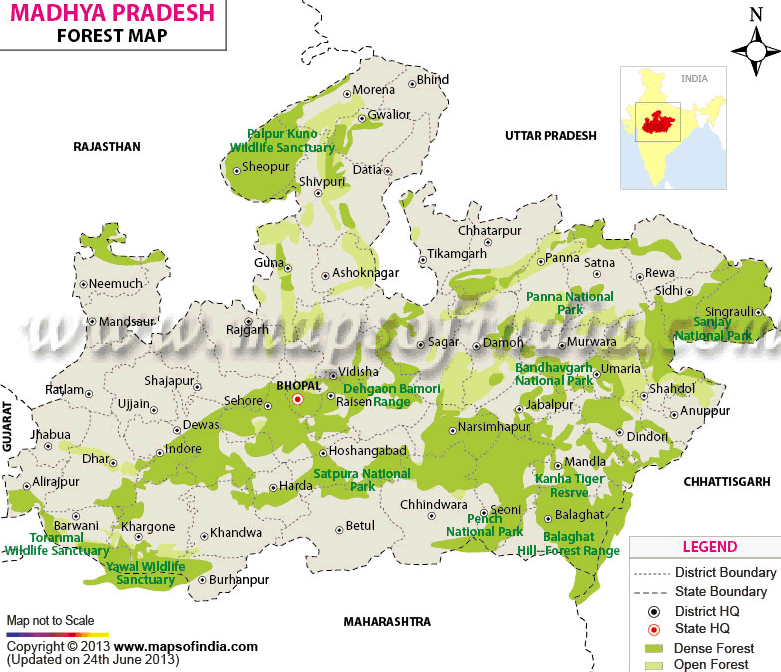Tragic Elephant Deaths in Madhya Pradesh Linked to Toxic Kodo Millet: Urgent Call for Better Crop Management
(Source: Indian Express; Section: Explained: 11)
| Topic: GS3 – Environment |
| Context: |
|
Analysis of News:
Understanding Kodo Millet
- Cultivation and Uses: Kodo millet, a drought-resistant crop, is widely grown in arid regions across India and other tropical areas. Known for its high nutritional value and storage capability, it is a staple for various communities.
- Toxicity Potential: Under specific conditions, kodo millet can develop mycotoxins like Cyclopiazonic Acid (CPA), especially in humid conditions, leading to a form of food poisoning called kodo toxicity.
History of Kodo Millet Poisoning
- Earliest Cases: Documented since the 1920s, kodo millet poisoning has caused health issues in both humans and animals, with symptoms like vomiting and tremors. In the 1980s, CPA was identified as the toxin responsible for this poisoning.
- Recent Incidents: Wild animals, including elephants, have died from kodo millet toxicity. In 2022, one elephant death was attributed to this issue.
Why Kodo Millet Becomes Toxic
- Environmental Triggers: High moisture from seasonal rains can lead to fungal contamination. CPA-producing fungi grow on kodo millet under these conditions, rendering it toxic and dangerous for consumption.
Health Impact on Animals
- Symptoms: CPA poisoning affects the nervous and cardiovascular systems, causing symptoms like vomiting, giddiness, heart issues, and gastrointestinal distress.
- Specific Effects on Elephants: Symptoms observed in the elephants included tremors and rapid pulse, consistent with CPA poisoning. In affected animals, treatment involved liver tonics and intravenous antidotes.
Mitigation and Control
- Biocontrol and Agricultural Practices: To reduce fungal growth, researchers suggest using biocontrol agents and following good agricultural practices, including proper post-harvest storage to reduce moisture.
- Detection Techniques: Advanced methods like chromatography and rapid tools like ELISA are used to detect mycotoxins in kodo millet for human consumption.
Conclusion
- The recent elephant deaths highlight the importance of managing kodo millet cultivation and storage to prevent mycotoxin contamination. Implementing proper agricultural and biocontrol practices can mitigate the risks posed by kodo toxicity.
| Bandhavgarh Tiger Reserve |
|
| Practice Question: Discuss the environmental and agricultural factors leading to toxic contamination in crops like kodo millet. Analyze the impact of such contamination on wildlife and suggest preventive measures to mitigate these risks. (250 words/15 m) |


